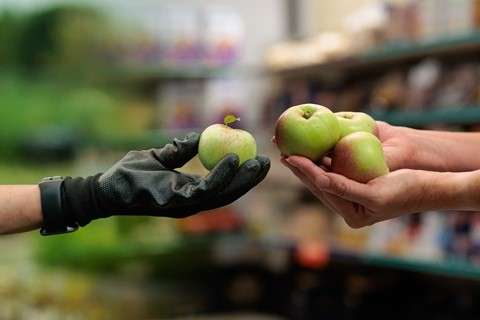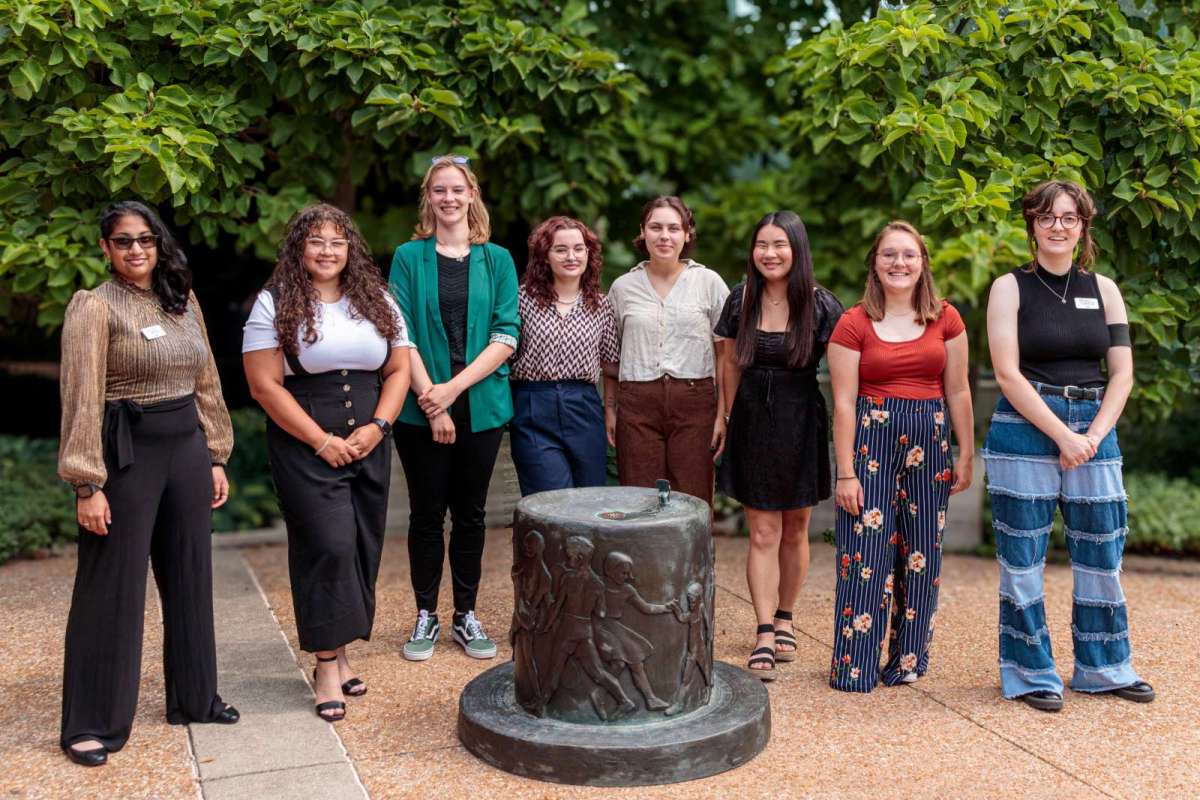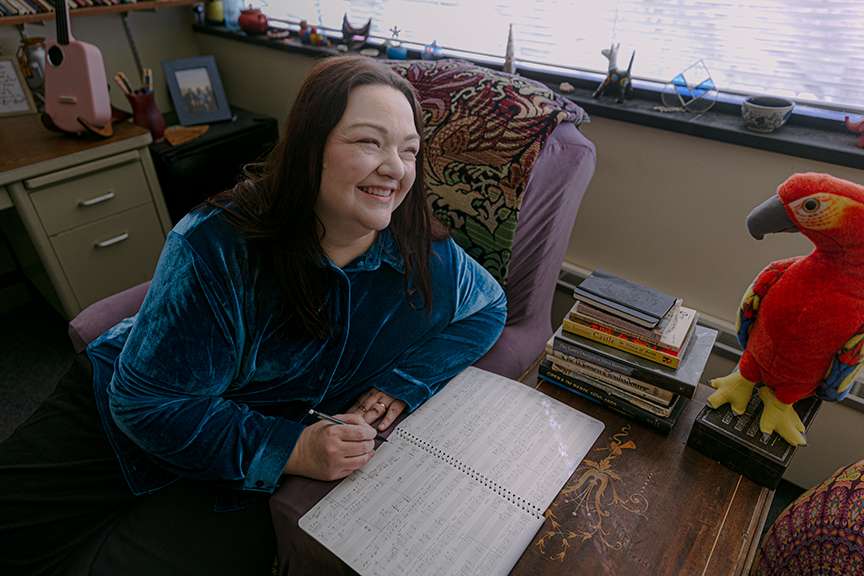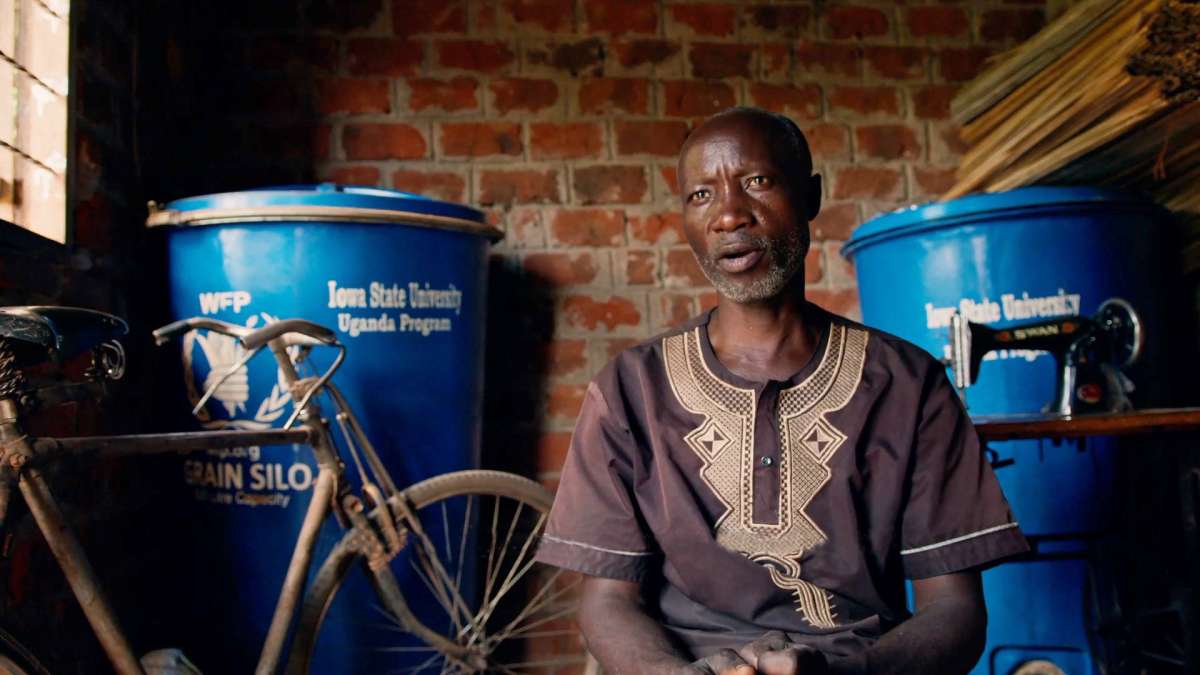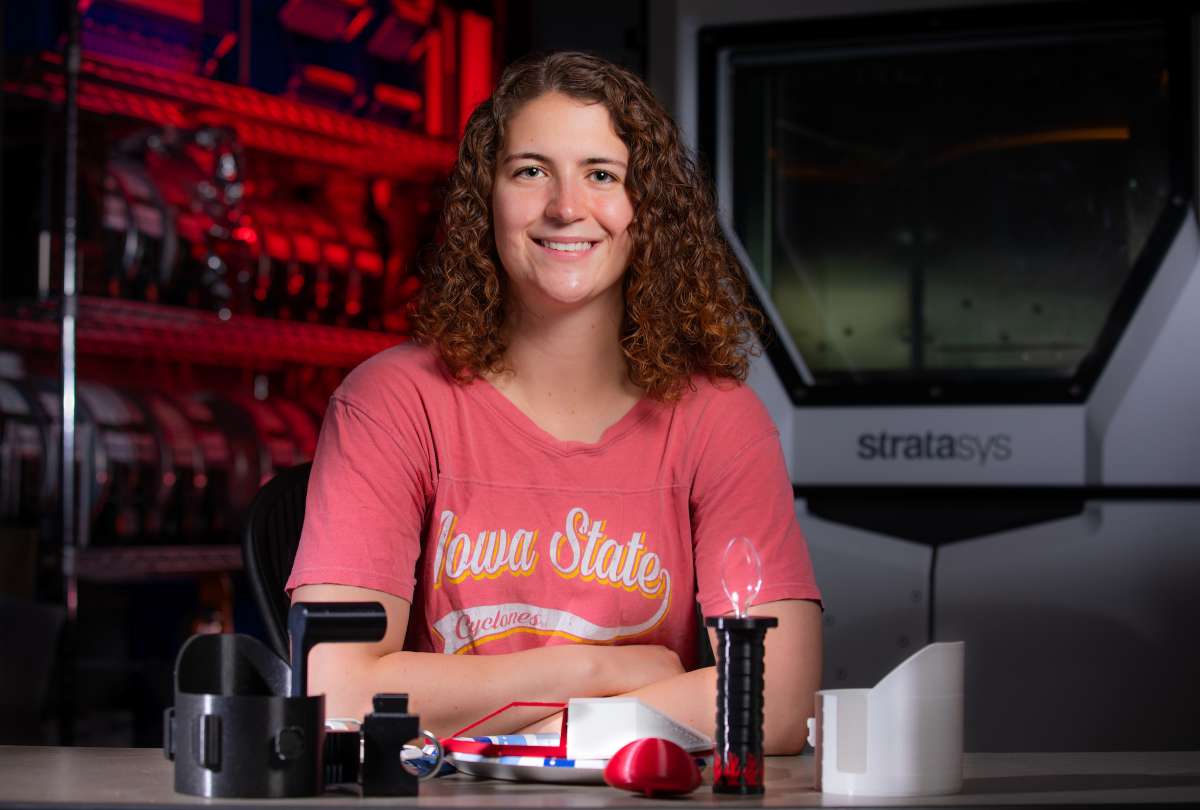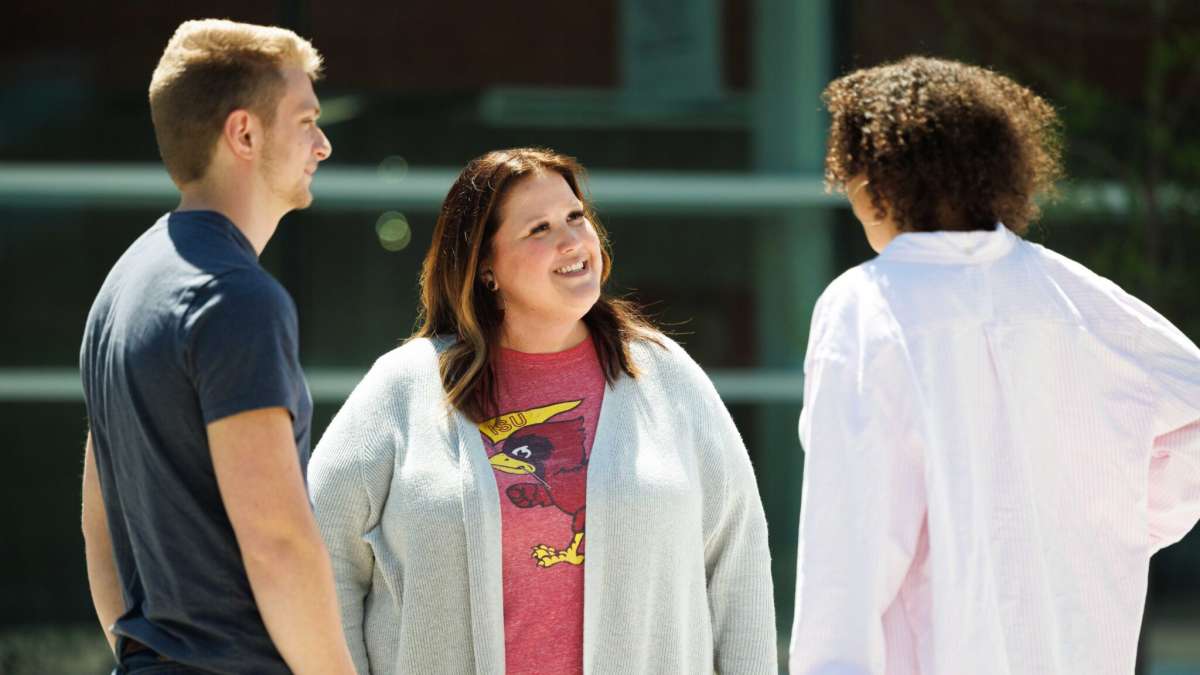These selected stories help to illustrate progress toward achieving the aspirations of the strategic plan — our "to be" statements. They include priority projects chosen annually from submitted ideas to address one or more aspirations. Using the filters, stories can be viewed by year or by a specific "to be" statement.
Our Progress
All Stories
About 67 Results
-
- Innovative Solutions
Keeping the lights on, despite Mother Nature
A transdisciplinary faculty team is exploring strategies for preventing rural electric outages — or at least minimizing their impact — as weather events get more extreme and more frequent. The social and economic benefits to maintaining service are significant.
October 08, 2024
-
- Innovative Solutions
Responding to food insecurity
About a third of Iowa’s 99 counties have a community produce garden, tended by local volunteers and ISU Extension and Outreach’s Master Gardeners. Together, they’re tackling hunger relief and nutrition education for clients.
September 03, 2024
-
- Student Centric
Garden internships deliver for students
Strategic plan support keeps a vital internship program going at Reiman Gardens while revenue streams bounce back from the pandemic.
August 09, 2024
-
- Innovative Solutions
Engineers help snowplow drivers stay on the road
Snowplow drivers for the Iowa DOT have long asked for help keeping their trucks in a driving lane in near-zero visibility winter weather. Over the last two years, Iowa State engineers involved those drivers in a navigation system prototype that includes an inexpensive tool that creates the detailed digital maps the system relies on. A second phase will focus on helping plow drivers avoid collisions with snow-covered cars or debris in the roadway.
June 05, 2024
-
- Welcoming Environment
Jodi’s era
It’s been a good couple of years. Teaching professor of music, pianist and composer Jodi Goble recently won the 2024 Art Song Composition Award from the National Association of Teachers of Singing, celebrated world premieres for two operas and wrote a song for a 2024 Grammy-nominated album.
June 05, 2024
-
- Innovative Solutions
Outsmarting the ‘hunger season’
For 20 years, field specialists from Iowa State’s Center for Sustainable Rural Livelihoods and Uganda’s Makerere University have partnered with small holder farmers, ag entrepreneurs and youth groups to establish food security throughout Uganda’s Kamuli region. Projects focus on household nutrition, grain storage, entrepreneurship, sustainable feeds for livestock, soil improvement practices, sanitation and other strategies that help local farmers become self-reliant for the long term. A 69-minute video, produced in Kamuli, tells the story.
June 01, 2024
-
- Student Centric
Small but impactful solutions for brain-injury patients
Cassie Swacker applied what she was learning in her biomedical engineering courses to design personalized devices for patients recovering from brain injuries. 3D printing technology helped her create unique solutions to a diverse range of symptoms.
May 24, 2024
-
- Welcoming Environment
The 'connector' advisor
Academic advisor Andrea Klocke recognizes that a college education is about more than lecture notes and a GPA. Relationships with peers and mentors are integral to the Iowa State student experience, and Klocke is an enthusiastic connector of students, faculty and staff members.
May 03, 2024
-
- Student Centric
Free educational resources are part of college affordability
More than 40 Iowa State instructors use open educational resources (OER) in their courses. Some they’ve created, and some they’ve adopted or customized. The bottom line? An estimated $2.5 million in savings for students since 2018.
May 03, 2024
-
- Welcoming Environment
Product development course links marketing, engineering students
An experimental marketing course signed on with an existing engineering course about product development. Cross-functional team members learned what’s important to the other side as they moved from product concept to introduction into the market.
April 25, 2024

